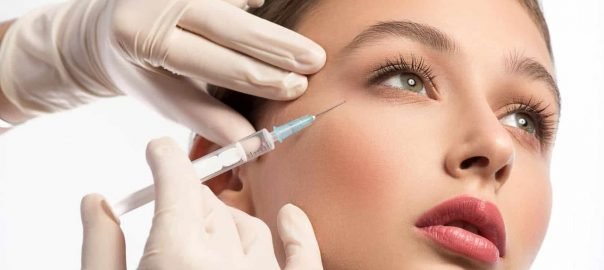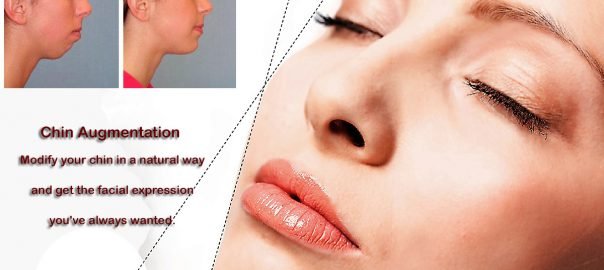Botulinum toxin, also known as Botox, is widely used in aesthetic medicine to treat and reduce expression lines caused by the continuous contraction of the muscles of the forehead, i.e., the forehead, the cross, the corrugator muscles and the orbicularis.
The botulinum toxin works by reducing and limiting the contraction of the muscles, reducing wrinkles and giving the face a relaxed and relaxed appearance without resorting to surgery in a completely natural way, contrary to what one thinks. Botox has long been the victim of unjustified demonization and there are many false myths that have been built about it over time.
Some people have “exasperated” facial expressions which over time cause wrinkles to appear more and more until they are permanent. Therefore, Botox acts both as a motor re-education of the affected muscles and in the prevention of further wrinkles that may form in the future.
The results are not immediately visible, the next day you don’t “see anything” because the botulinum toxin needs a few days to take effect. The results are progressive and will consolidate over the next 15 days.
Botox wrinkles: areas that can be treated.
- The areas that can be treated with botulinum toxin are:
- Vertical lines between the eyebrows (glabellar lines)
- Periocular wrinkles (crow’s feet and eye contour)
- Frontal wrinkles (which are highlighted by bringing the eyebrows upwards)
- Neck and lower neckline wrinkles
Botox: What is it and how does it work?
Botox acts by blocking the nerve impulses that activate the muscles preventing their contraction, this block ensures that there is complete relaxation of the treated area which appears relaxed and smooth. The effect of this muscle “block” is always reversible and lasts about 5-6 months.
Where does Botox apply?
Botox is applied to the facial wrinkles on the forehead and around the eyes. The objective of Botox injections is not to correct the wrinkle with filling (fillers are used for that) but to reduce the contraction of the facial muscles and consequently to smooth out wrinkles with a natural result. Botox therefore determines a relaxation of the mimic muscles and allows to give brightness to the gaze by softening the features of the face and reducing expression lines.
The treatment is indicated for:
- Forehead wrinkles and glabellar lines
- Wrinkles around the eyes (crow’s feet)
Botox on the forehead
Botox is injected into the wrinkles by reducing the muscle contraction of the forehead, obviously in the right doses and therefore without paralyzing the facial expressions, going to relax and smooth out the wrinkled areas. Effectively reduces and eliminates horizontal wrinkles and glabellar lines.
Botox eye contour
Botulinum toxin is also very effective for smoothing out wrinkles around the eyes (the so-called crow’s feet), opening up and giving new light to the gaze.
Botox contraindications and side effects
There are no particular contraindications to botulinum except in some circumstances related to pregnancy, breastfeeding, any infections on the treated part or hypersensitivity to botulinum toxin. After the treatment, mild temporary side effects may appear such as:
- Slight pain in the treated area
- Redness
- Headache
What not to do after Botox?
After the treatment it is good to follow some precautions:
- Avoid strenuous physical activity for at least 24 hours.
- Do not touch the affected part for at least six hours after the treatment.
- Avoid exposure to heat sources.
How long does Botox last?
The effects of the treatment last for about 4-8 months and then booster treatments can be done.







